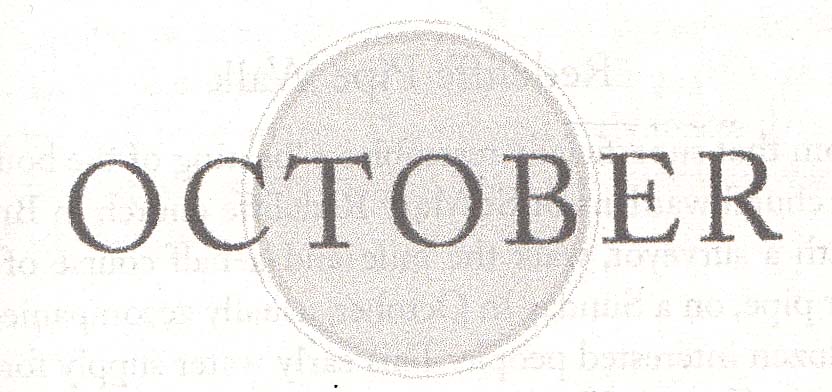 In my seasonal reading Stephen Moss in his book Wild Hares and Hummingbirds describes the annual “house invasion” that occurs at this time of year. Moss lives in an old farmhouse with no doorstep so he often finds fledgling sparrows or robins and toads sat in the middle of his kitchen floor. Jackdaws tumble down the chimney and moths “blunder around in the shower”. In our house there was the most enormous spider curled up inside the old net curtain in the downstairs loo. Before the lean-to was put on it must have been an outside toilet, so is particularly susceptible to ‘visitors’. I ruffled the curtain but the spider didn’t move and I wondered if it was dead. It had an alarmingly red underbelly and I wasn’t sure I could take many more trips with my nose so close to that tummy. Moss says that the two most likely culprits for being huge, hairy, in your house, and a little bit terrifying, are Tegenaria domestica and Tegenaria gigantea. I’ll be honest, from pictures on-line I can’t actually tell them apart but one of them was definitely in our bathroom and when it turned out to be alive it was swiftly deposited in a cosy corner of the garage. Moss says the reason for their sudden appearance is that they are on the look out for a mate. Well, this particular specimen can go and look for a mate elsewhere.
In my seasonal reading Stephen Moss in his book Wild Hares and Hummingbirds describes the annual “house invasion” that occurs at this time of year. Moss lives in an old farmhouse with no doorstep so he often finds fledgling sparrows or robins and toads sat in the middle of his kitchen floor. Jackdaws tumble down the chimney and moths “blunder around in the shower”. In our house there was the most enormous spider curled up inside the old net curtain in the downstairs loo. Before the lean-to was put on it must have been an outside toilet, so is particularly susceptible to ‘visitors’. I ruffled the curtain but the spider didn’t move and I wondered if it was dead. It had an alarmingly red underbelly and I wasn’t sure I could take many more trips with my nose so close to that tummy. Moss says that the two most likely culprits for being huge, hairy, in your house, and a little bit terrifying, are Tegenaria domestica and Tegenaria gigantea. I’ll be honest, from pictures on-line I can’t actually tell them apart but one of them was definitely in our bathroom and when it turned out to be alive it was swiftly deposited in a cosy corner of the garage. Moss says the reason for their sudden appearance is that they are on the look out for a mate. Well, this particular specimen can go and look for a mate elsewhere.
Steve Roud is on the warpath in his book The English Year. He describes our modern propensity to give every festival pagan origins and a “supernatural aura” as “depressingly familiar”. It’s Halloween that has really got his goat. Halloween means Eve of the Hallowtide and was “a Christian festival inaugurated in the medieval period” “to commemorate all the Christian saints and martyrs.” Not at all a pagan festival of the dead then. In fact, it was originally celebrated in May. Apparently the association with the dead came around the year 1000, when the Christian church came up with the doctrine of purgatory to explain what happened “to those who died suddenly without final rites.” And even then it wasn’t very popular, only celebrated in a limited way in the North of England and Scotland. Links to the Irish winter festival of Samhain (1st November) turn out to be spurious too, as Samhain had little “religious or supernatural significance” at this time. Apparently it is all a twentieth century phenomenon, an “explosion of interest” occurring in the 70s and 80s, which can be traced back to American cultural imports whose traditions we now embrace as our own.
I find that all very interesting because surely a tradition has to start somewhere. Perhaps in a thousand years time future folklorists will be examining the origins of the ancient festival of Halloween and will date it from the release date of ET. I wonder what they will say about our society that of all the things we might have come up with for a new festival we chose witches and goblins?






